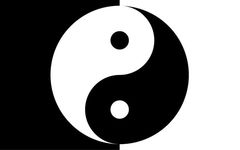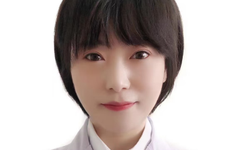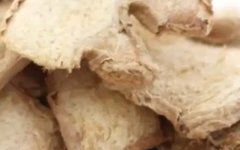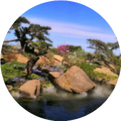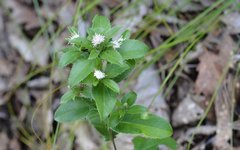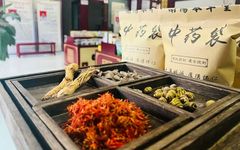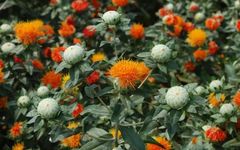Key Strategies in Traditional Chinese Medicine for Preventing and Treating Insomnia
Harmonizing Yin and Yang to restore their integrated state is the key to preventing and treating insomnia in Traditional Chinese Medicine (TCM). Insomnia is not merely a physical issue; it can also involve psychological and social factors. TCM believes that sleep relies on the harmony of Yin and Yang. When Yin and Yang are imbalanced, … Read more

